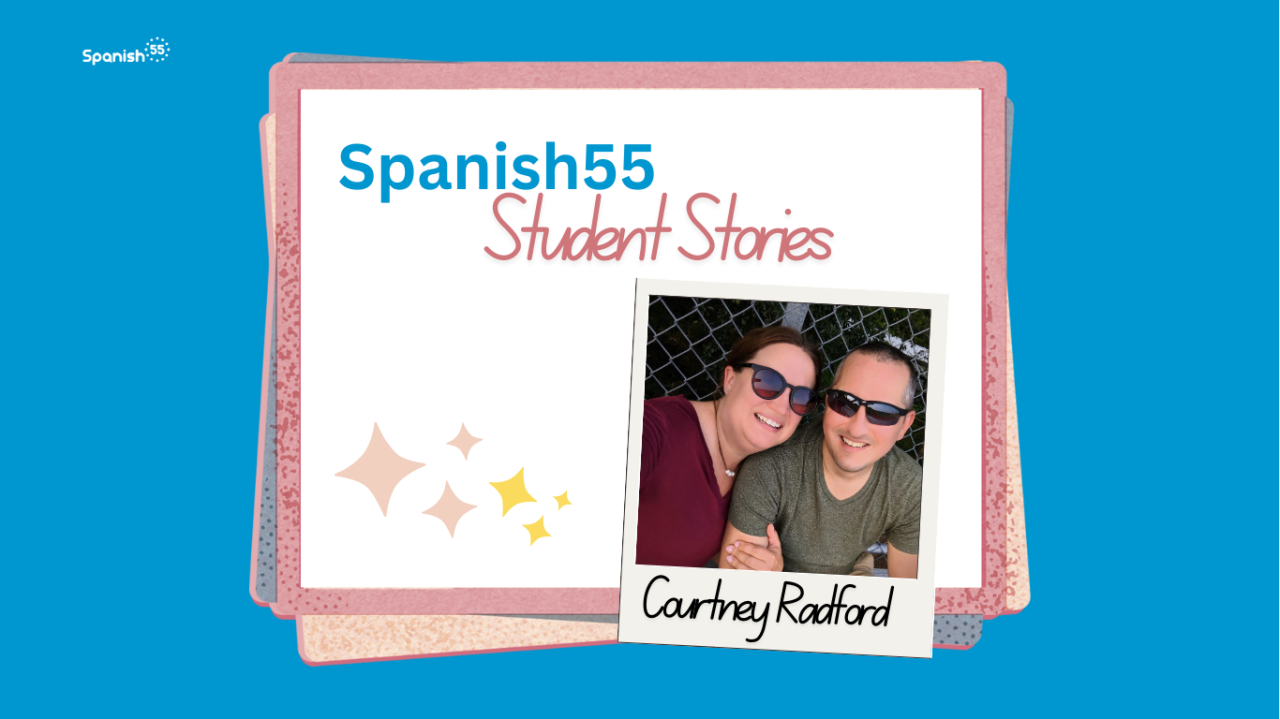The most effective technique for learning a new language
It's like a day in the pool. You stand there, by the edge, trying to get a toe past the surface of freezing water without shivering. All you can think about is how everybody else is swimming happily without a single complaint. Don't you have a similar feeling when you hear people speaking in a language you don't master? Well, here's an invitation for you to join everybody else and get into the water yourself or, better yet, get immersed in it. You may have heard about language immersion, which is used in the learning process of a foreign language.
The first thing that comes to mind can be to travel to a different country, coexist with native speakers, and acquire the jargon first hand. You could totally do that! We even have some ideas for you! Nonetheless, it is relevant to point out that getting "immersed" in a language is a lot more complex than it sounds. This is actually a method applied in most classrooms. It requires a lot of mimicking and pointing from the teacher, and great amounts of interpretation from the student. This approach is based on the premise that we can all learn a second language in the same way that we learned the first one.
Picture this: a mother theatrically pointing at herself in front of her baby as she pronounces the word "mom" over and over again. The baby smiles and laughs until one day, out of the blue, the understanding comes and the child copies the sound in the best possible way. Believe it or not, that's what this technique is all about, and it's the best teaching method out there to learn a language. Its main goal is, in this case, to train our brain to be bilingual, instead of teaching it how to translate words from one language to another. Now, the distinction between these two may not be very clear, but they make a world of difference when trying to communicate. 
Translation literally means "to render a text that is in one particular language to its equivalent in another". It may take a moment for us to make that connection that "rojo" means "red", and almost immediately we recognize "uno" as Spanish for "one". It's only a matter of seconds before the sound reaches that part inside of our minds that finds the appropriate match between the two languages. Those seconds may not sound like such a big deal, but they are precious when establishing a conversation with a native speaker. There's a reason why the phrase "lost in translation" exists.
Source: YouTube.com / The Guardian (Channel)
One of language immersion's main benefits is fluency. This is not exclusive for advanced speakers, and it should not be mistaken with "speed". Think of fluency as that moment when you don't have to second guess if what you heard or said means what you think. Fluency is actually the elimination of this translation process, and one of the first stages towards bilingualism. Imagine having the ability to put away that figurative box that contains all the words, rules and references in your native language, and pulling out the one with the language you require at the moment. Easier said than done, huh?
You can start doing it at home. Try mixing things up a little bit. When you are at the dinner table, ask if they can pass the "sal" instead of salt. Read a libro, drink agua, go to the parque! It's going to sound funny at first, you may even feel silly when doing so (you are probably laughing just by reading this), but you are simply adding more words to your foreign language box. In time, the box won't just contain random vocabulary, it will have verbs, tenses, synonyms, full sentences, even the ability to hold a full conversation without having to roam through all the other boxes trying to find an equivalent. As you can see, we are not telling you to cannonball into the pool. Maybe you can take the stairs and slowly submerge yourself into the water one step at the time. Soon you'll be swimming happily with everybody else and realize it wasn't as hard as you thought.

Source: Unsplash












